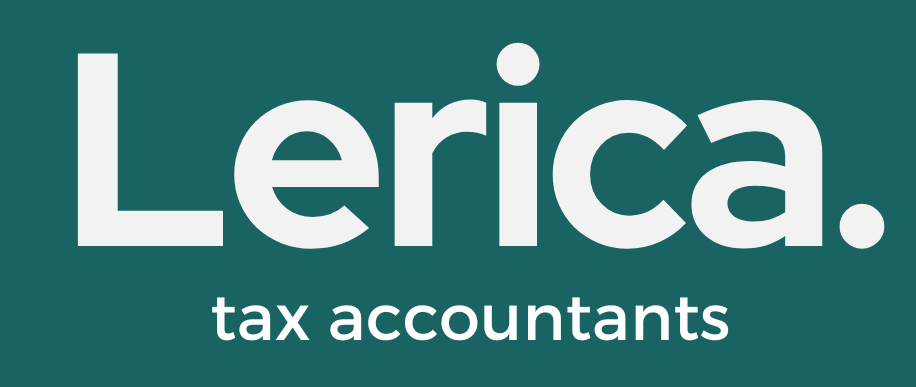Basis Period Reform – how it affects unincorporated businesses only
From April 2024, sole traders and partnerships must report their annual profits based on a fixed period from 1 April to 31 March each year, moving away from any other reporting periods.
Traditionally, unincorporated businesses had the flexibility to choose their year-end date, with many aligning it to the anniversary of when they started. Some opted for a 30 April year-end to benefit from a cash flow advantage, as this allowed them to delay their tax payments until 31 January the following year, effectively pushing the payment out by 21 months after the profits were earned.
However this flexibility sometimes led to cashflow issues for the treasury, especially when businesses experienced decreasing profits.
For most taxpayers, reporting earnings within the tax year and paying tax nine months after the year-end has always been standard practice. For example, landlords reporting rental income and employees or investors who owe additional taxes on their earnings up to 5 April each year. Similarly, companies pay tax on their 12-month profits nine months after their specific year-end. (basis period).
With the new measure, sole traders and partnerships will align with this established timeline, bringing consistency across all taxpayer categories
However, for the 2023/24 transitional year, sole traders and partnerships will have a longer reporting period than the usual 12 months. This means they will be taxed on profits earned over a period extending beyond 12 months within a single tax year. Specifically, the basis period will start from the end of the 2022/23 period (for example, 30 April 2022) and run until 5 April 2024.
For businesses with overlap profits (where the same income was taxed twice during the opening years), these overlap profits can be deducted from the 2023/24 profits. Additionally, the extra profits for the extended period up to 5 April 2024, can be spread over five years, starting with the 2023/24 tax year. This option helps businesses manage cash flow by spreading out the tax burden on the additional profits.
To simplify things, taxpayers might consider changing their accounting year to end on 31 March in future tax years. This way, they can avoid preparing and filing tax returns based on two separate accounting periods. It makes the calculation of tax payable much easier and more straightforward.

